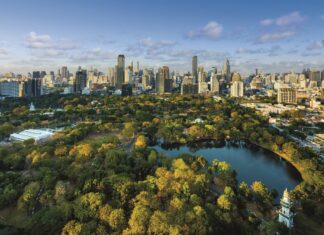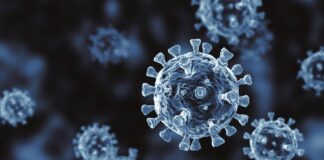The recent report from the United Nations Convention to Combat Desertification (UNCCD) and the US National Drought Mitigation Center on drought hotspots (see Analysis, opposite) highlights areas recently impacted by drought. Specific cases include Somalia, where around 43,000 drought-related deaths were recorded in 2022. Another report, this time on snow in the Hindu Kush Himalaya region (see News), where nearly two billion people depend on snowmelt, finds snow persistence at a record low. A big-picture message from the UNCCD report is that drought is not a localised hazard but a systemic global risk.
Articles in this edition span the spectrum of actions needed to contribute to water security in the face of widening and deepening concerns around drought.
Monitoring provides the essential foundations for action. In the case of drought, another report, from the World Meteorological Organization (WMO) (see News), reviews current practices of drought impact monitoring. Water quantity monitoring covers how volumes present compared to historical records. This core need has to be connected with monitoring of the impacts of drought across sectors such as domestic water supply, agriculture and the environment. Drought is a complex, slow-onset issue and an understanding of impacts is key to reducing vulnerability.
There is a broader need for institutional strengthening and coordinated action across the sector. Dealing with drought in this context is part of wider national ambitions and outlook. Here we see the importance of initiatives such as Indonesia’s National Water Self-Sufficiency Initiative. This aims to almost double the number of households with access to piped water over a five-year period. Investment is important here, but so too is a focus on operational excellence.
Other aspects can be layered on top of this sector outlook. This includes diversifying water sources. A changing climate and therefore prospect for drought is a long-term concern, but, as the UNCCD report makes clear, needs are very real today. Rainwater harvesting (see p26)can quickly enhance security locally. It also provides a focus for education and awareness-raising.
Specific tools and approaches can also help the sector navigate the path from the current day into the localised, uncertain future. Here we see the value in the use of scenarios, such as the approach being deployed in Sydney (p37). There, scenarios are helping make clear the value in pursuing different strategies, such as increasing investment in catchment management, implementing use of green, blue and grey features in urban areas and agriculture, and envisioning the local bulk water supplier as a manager of a carbon-positive catchment.
Another opportunity is to draw on the wisdom of Indigenous knowledge – as is explored on p13, looking at the case of New Zealand. Indeed, this article sets out an approach that actively builds partnerships to bring together the best of what science and Indigenous knowledge have to offer.
Alongside that spectrum of options, a further key to unlocking water security is to exchange experiences on advancing our sector. As the articles on the Water and Development Congress & Exhibition (p30), ASPIRE (p13) and Water Horizons (p44) events show, IWA is certainly playing its part in delivering a drought response.
Keith Hayward, Editor






